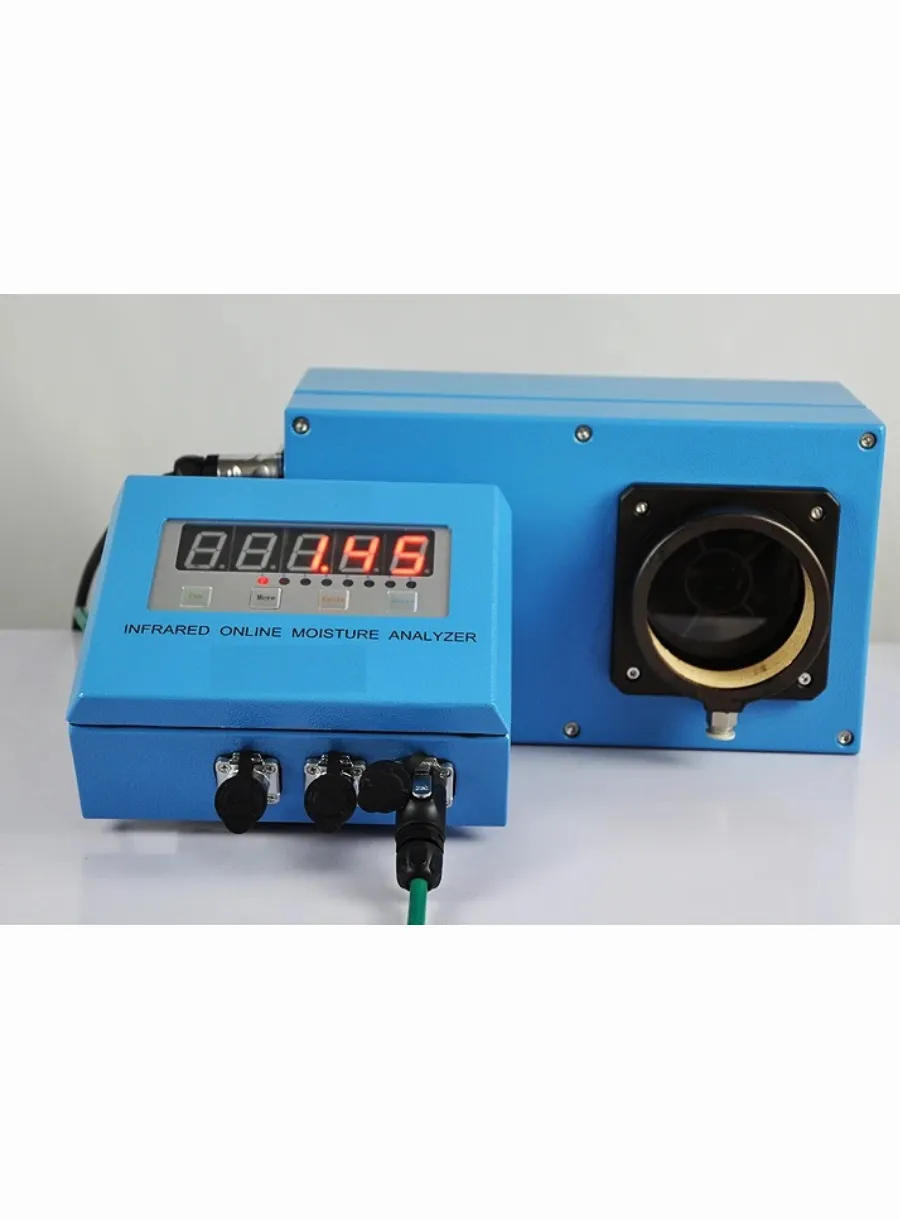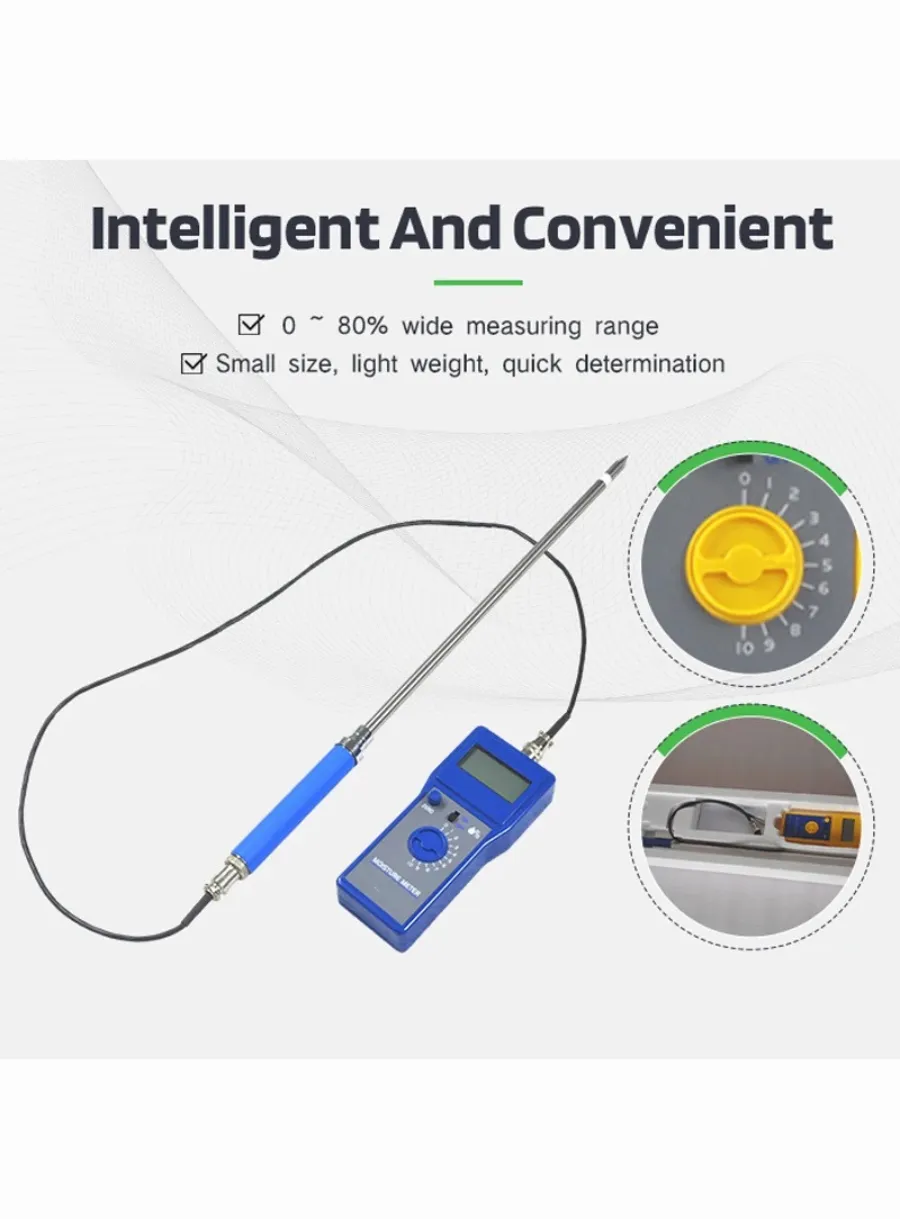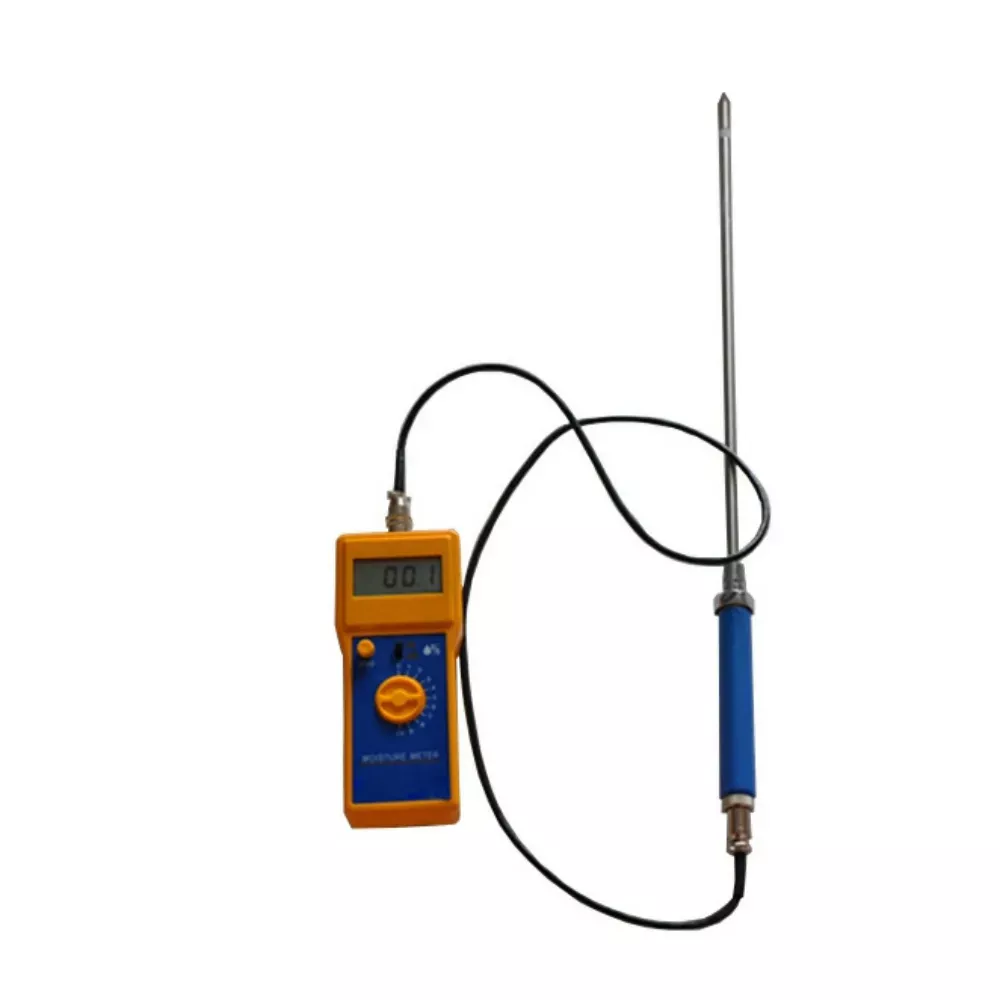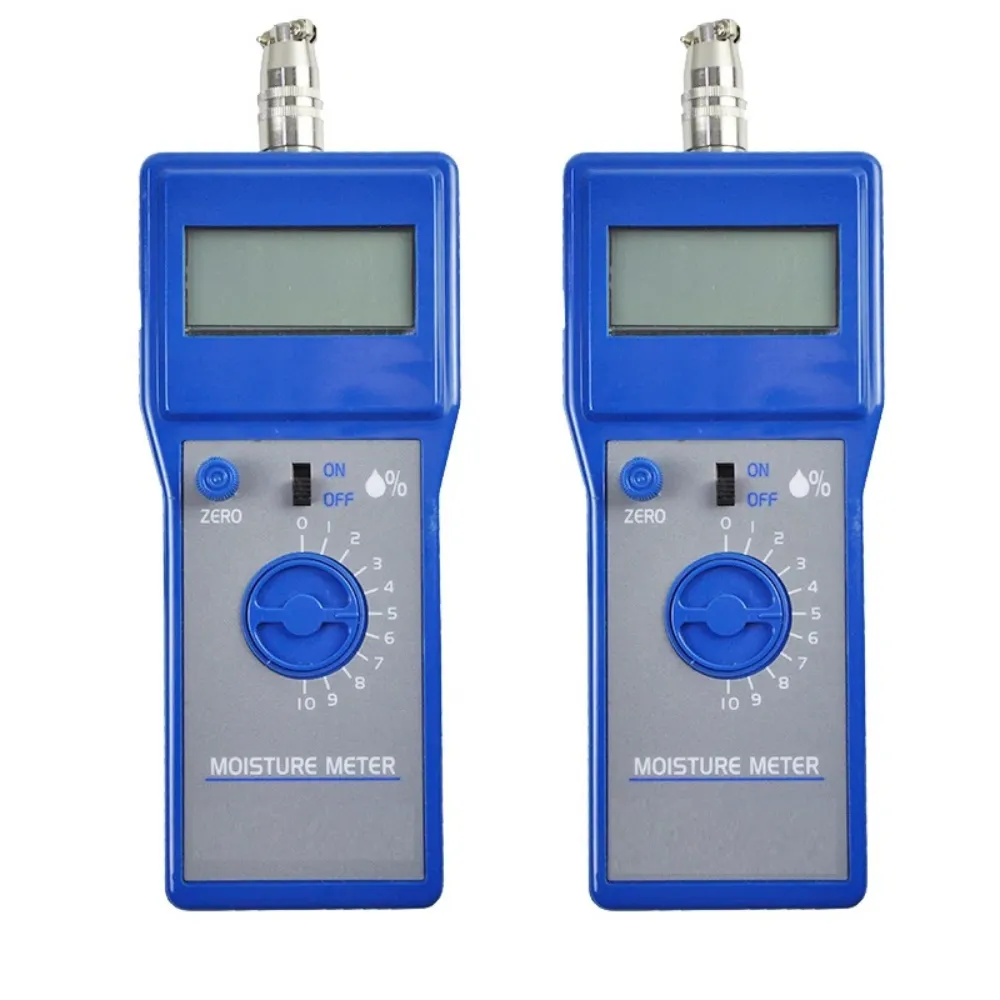
Calibration and Accuracy of Hay Moisture Meters
Table of Contents
Calibration is critical for ensuring that hay moisture meters provide accurate and reliable readings. Most meters come with a calibration clip or similar tool that allows the user to adjust the meter based on known moisture standards. Regular calibration checks with a moisture content standard (MCS) are essential to maintain the probe’s accuracy, helping you make better decisions about hay storage and management. This process accounts for variations in hay types and conditions, ensuring consistent results.

Several factors can influence the accuracy of moisture meters, including the density of the hay, the presence of preservatives, mold development, and ambient humidity conditions. It is important to select a meter that can account for these variables to ensure precise moisture measurement. The accuracy of moisture readings can be affected by several variables including moisture distribution, crop variety, temperature of the hay, crop maturity, sample density, cutting, and overall climatic conditions present.
Environmental Impact on Moisture Readings
Cloud cover and high relative humidity can result in more variable moisture readings compared to a sunny, dry day with light breezes. Given these variabilities, accuracy guidelines should be considered in terms of ranges rather than specific points. Claims of accuracy should be taken with caution as expert evaluations may yield different results depending on the sampling procedure and conditions.
Step-by-Step Calibration Process
To calibrate your hay moisture meter, select a standard level, typically 18%, as the benchmark for calibration. Some testers might default to a preset number whenever they are switched on, so this setting may need to be adjusted manually. Follow the sequence of buttons as outlined in the manual or use a calibration block if provided. Regular calibration is necessary even for well-maintained meters as they can lose accuracy over time due to factors like damage to the probes or contamination of the PC board.

Frequency of Calibration
Verify your meter’s calibration before any hay harvest to ensure it is providing the most accurate readings possible. Meters with built-in calibration checks are highly convenient because they allow you to test them anytime, anywhere.
Best Practices for Accurate Readings
For optimum results, carefully read the owner’s manual provided with each meter. The timing of moisture measurements is crucial, with recommendations to start measuring moisture levels at various stages such as during cutting. Regular cleaning and proper storage of your hay tester probe are also recommended to maintain accuracy and reliability.
Ensuring Long-term Accuracy and Reliability
By adhering to these best practices, including regular calibration and considering environmental factors, farmers can achieve more accurate and reliable moisture readings from their hay moisture meters. This ensures better hay management and storage decisions, ultimately leading to improved quality and reduced losses.
Comments
Tags
Frequently Asked Question
这是测试文本,单击 “编辑” 按钮更改此文本。
Calibration ensures that hay moisture meters provide accurate and reliable readings by adjusting the meter based on known moisture standards. This accounts for variations in hay types and conditions, ensuring consistent results.
Factors affecting accuracy include hay density, presence of preservatives, mold development, ambient humidity, moisture distribution, crop variety, temperature, maturity, and overall climatic conditions.
It’s recommended to verify your meter’s calibration before any hay harvest. Regular calibration checks are essential, especially for well-maintained meters, as they can lose accuracy over time.
Best practices include reading the owner’s manual carefully, timing moisture measurements appropriately (e.g., during cutting), regular cleaning and proper storage of the probe, and considering environmental factors when taking readings.


